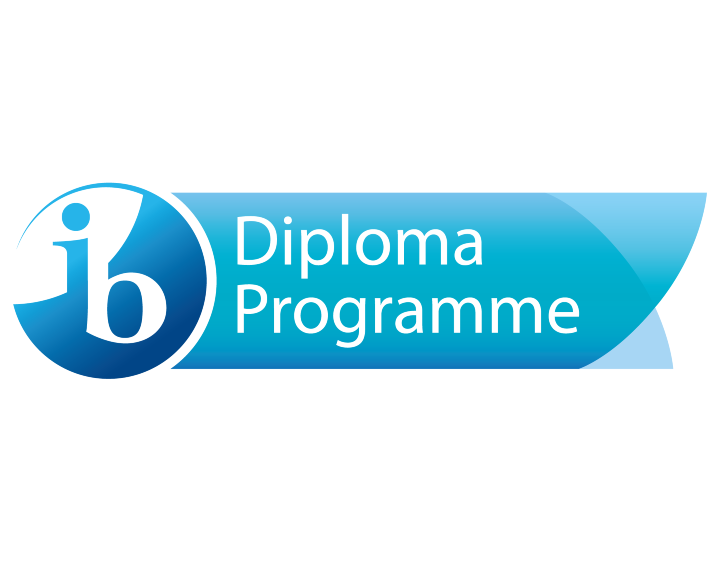Basics of Learning Pedagogy
Types of Pedagogy
All the great teachers of history, from Plato and Socrates to Confucius, understood the doctrines of good teaching, and they used detailed pedagogies to preach to their audiences. Current educators split the field of instruction into three distinct types of pedagogy, each developed for various contexts and backdrops.
Teacher-centered pedagogy
In this approach, the teacher assumes the central focus of the class. As such, the instructor takes the active role of giving information to students, and the students assume the passive role of receiving the teacher's information.
The teacher talks while the student listens. The teacher corrects when the student makes mistakes. The teacher chooses topics and strategies, while the student has little or no choice in learning.
Teacher-centered pedagogy usually produces orderly, quiet classrooms. It may, however, create dependency in students, reducing their initiative and creativity in learning. In general, this approach works most effectively when a teacher needs to communicate large amounts of complex information in a short amount of time.
Learner-centered pedagogy
In a learner-centered classroom, students take on more responsibility for their learning than in a traditional environment.
According to educational consultant John McCarthy, "Teachers encourage student-centered learning by allowing students to share in decisions, believing in their capacity to lead, and recognizing how it feels to learn." The learner-centered approach is more empathy-driven than its teacher-centered counterpart, and it emphasizes shared decision-making in learning.
A teacher who employs a learner-centered pedagogy might offer several different learning activities for students to choose from. This approach works best when students are learning critical thinking and problem-solving skills.
Learning-centered pedagogy
Advocates of learning-centered pedagogy say their approach removes the person as the central focus of the classroom. Instead, this method emphasizes the action rather than the actor.
An article in the Chronicle of Higher Education said learning-centered pedagogy balances achievement with learner needs and resolutions. Therefore, a learning-centered teacher moves between the roles of content specialist and learning coach.
Methods of Pedagogy
Methods of classroom instruction differ leaning on the types of pedagogy that underpins the teacher and organization. According to an article on Teach.com, some of those methods include:
- Methods in teacher-centered pedagogy: Since teacher-centered pedagogy relies on the instructor's expertise, the teacher in this setting primarily uses direct instruction. It can include technology, such as pre-recorded lectures, and kinesthetic activities such as drawing, role-playing, or sports. In a teacher-centered environment, the instructor selects and monitors all activities.
- Methods in learner-centered pedagogy: Teachers who operate in learner-centered classrooms may provide personalized, differentiated instruction based on each student's preferred learning style. Online games, small groups, and differentiated reading communities are popular learner-centered methods. In this pedagogical type, teachers might also encourage students to research and compile information independently.
- Methods in learning-centered pedagogy: learning-centered pedagogy may borrow from both teacher-centered and learner-centered pedagogy methods. The emphasis in a learning-centered classroom is on content rather than personality, making nearly any method of instruction viable. In many cases, the challenge in a learning-centered environment is to create benchmarks that define success.
Comprehending the goals and challenges of an educational background allows educators to select the pedagogical methods best fitted to their respective learning contexts.
6 "clusters" of innovative pedagogies which educators can incorporate:
- Problem-solving methods, which discourses mathematics as a coding language and looks at knowledge and communication technology (ICT) as a medium for devising problem-solving sense in students;
- Experiential learning, which focuses on the process of finding
- Incorporated learning, which focuses on less use of mental factors involved in learning and that signal the importance of the body and feelings;
- Blended learning, where the classroom is seen as the place to apply content and deepen one-to-one interactions, whether with the teacher or through peer collaboration;
- Gamification, which is an interpretation through play and the pedagogies of games;
- Linguistic, Illustrated, Audio, Gestural, Tactile, Spatial Meaning and an Instructional approach that prioritizes learner acquisition of knowledge, skills, and attitudes through speech rather than inactive approaches that focus on lecture, reading, or viewing provide a more in-depth understanding of Political, Artistic affairs.
Jointly, these clusters provide a baseline from which teachers can innovate themselves.
KEYWORD: New School Setup, School Improvement, School Management, Marketing, School Consultants in India, Educational Consultants in India

.png)


